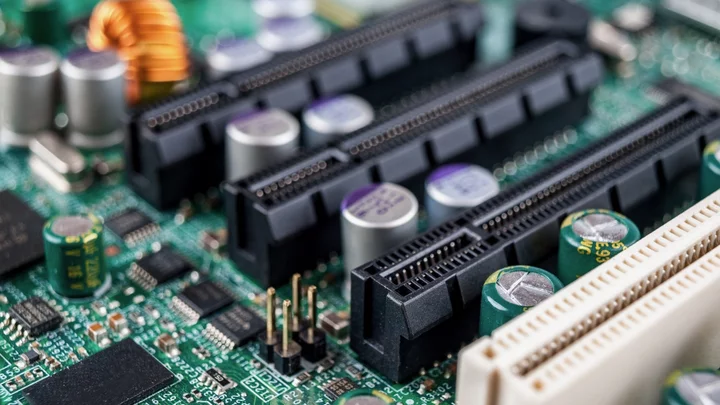New generations of PCI Express tech—the interface used across PC parts—are already on the way. But to accelerate speeds and bandwidth even more, the tech industry wants to look at whether the PCIe interface could one day incorporate optical connections.
On Wednesday, the standards group PCI-SIG announced it's forming a new workgroup “to deliver PCIe technology over optical connections.”
The PC industry is currently rolling out PCIe 5 in motherboards and SSD drives. At the same time, PCIe 7.0 is already on the drawing board with the goal of offering a bidirectional bandwidth at up to 512GB/s when it begins rolling out, likely in 2027.
Still, the PCIe interface could face challenges when reaching higher speed thresholds. The interface currently relies on electrical signals sent over copper cabling and pins. But the resulting system can generate heat, especially at faster speeds.
In contrast, optical connectors can offer even faster speeds by using light signals to transmit data. The connectors also don’t generate heat. As a result, PCI-SIG says it’s seen strong interest from the industry about exploring the technology.
“Optical connections will be an important advancement for PCIe architecture as they will allow for higher performance, lower power consumption, extended reach and reduced latency,” Nathan Brookwood, a researcher at the consultancy Insight 64, told PCI-SIG.
The aim is to make the optical-based PCIe interface “technology-agnostic,” so that vendors could easily adopt it for their own products. Members of PCI-SIG include Apple, Arm, Intel, Nvidia, and Samsung, among many others. If an optical PCIe interface does become real, it’ll likely be used in enterprise systems such as supercomputers and data centers first, where speed and bandwidth demands are far higher than consumer products.









